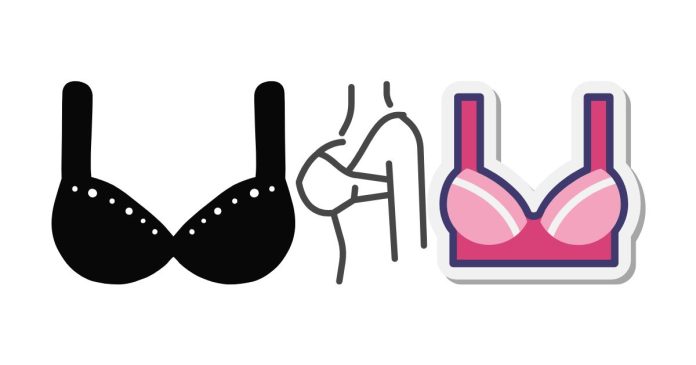When shopping for bras or discussing sizing, you may have heard the term “D-Cup” come up. While it’s a widely recognized part of bra sizing, there’s often some confusion about what it really means. Is it about the size of the breasts? Does it relate to the overall fit of a bra? Let’s break it down and clarify what the term “D-Cup” refers to in practical terms.
Understanding Bra Sizing: The Basics
Bra sizes are typically expressed as a combination of a number and a letter (e.g., 34D). Each part has a distinct meaning:
- The Number: This is the band size, which measures the circumference of your ribcage just below the bust, in inches or centimeters.
- The Letter: This is the cup size, which corresponds to the difference between the measurement around the fullest part of the bust and the band size.
The “D” in a “D-Cup” refers to a specific volume of the cup, which accommodates a particular difference between the band and bust measurements.
How a D-Cup Is Defined
To understand a “D-Cup,” you need to look at the difference between the band size and the bust measurement:
- For every inch of difference, the cup size goes up by one letter.
- A-Cup: About 1 inch difference
- B-Cup: About 2 inches difference
- C-Cup: About 3 inches difference
- D-Cup: About 4 inches difference
For example, if your ribcage measures 34 inches and your bust measures 38 inches, that 4-inch difference means you would likely wear a 34D bra.
A Common Misconception: D-Cup = Large Breasts
One of the most widespread misconceptions is that a “D-Cup” always represents large breasts. In reality, the size of the cup is relative to the band size. A 30D is much smaller in overall volume than a 40D, even though both are labeled as “D-Cups.”
For instance:
- A 30D bra has a cup volume designed for a smaller torso and less overall breast tissue.
- A 40D bra accommodates a larger torso and more breast volume.
This relativity is why it’s essential to consider both the band and cup sizes together when determining the actual fit and volume.
Why Does Cup Size Matter?
Cup size helps ensure that a bra fits properly, providing both comfort and support. An ill-fitting bra can lead to discomfort, back pain, and poor posture. Understanding your cup size, including the nuances of a D-Cup, is key to finding a bra that fits well and enhances your confidence.
Finding the Right Fit
If you’re unsure about your bra size, getting a professional fitting is the best way to ensure accuracy. Many lingerie stores offer complimentary fittings to help you determine your correct size, including both the band and cup dimensions. It’s also important to remember that bra sizing can vary between brands, so you may need to try on different options to find the best fit.
The term “D-Cup” is a measurement of breast volume relative to the band size, not a universal indication of breast size. It’s just one piece of the puzzle when it comes to finding a well-fitting bra. By understanding what a D-Cup (and other cup sizes) means, you’ll be better equipped to navigate the often-confusing world of bra sizing.
Have questions or insights about finding the perfect fit? Share your thoughts in the comments below!


